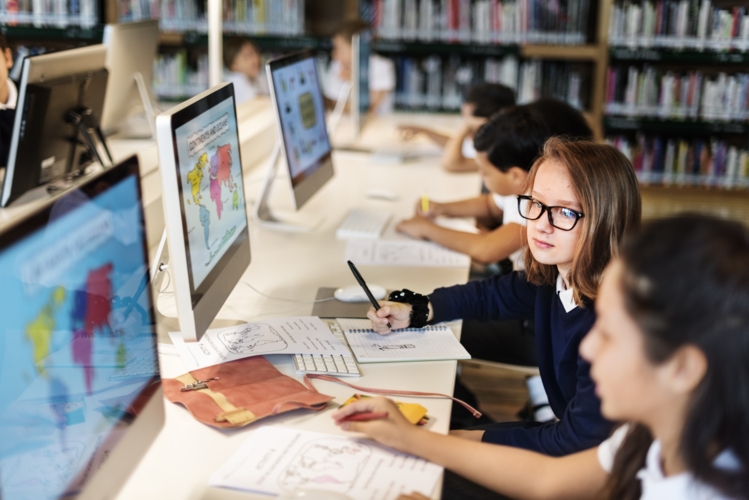Revolution in Education: Exploring the Landscape of Distance Learning for Schools

The traditional classroom setting has been the cornerstone of education for centuries. However, the rise of technology and the ever-changing needs of students and educators have opened doors to a new frontier: distance learning. Let's delve into the world of distance learning for schools, exploring its benefits, challenges, and various forms.
What is Distance Learning?
distance learning for schools encompasses a variety of educational approaches where students and teachers are separated geographically and often interact through technology. This can range from completely online courses to blended learning models that combine online elements with in-person classroom time.
Benefits of Distance Learning
Distance learning offers a multitude of advantages for schools, students, and educators:
Accessibility: Students in remote locations, those with health concerns, or those juggling work and education can access quality education.
Flexibility: Distance learning allows for self-paced learning, catering to different learning styles and schedules.
Cost-Effectiveness: Schools can potentially save on infrastructure costs by reducing classroom space needs.
Content Diversity: Online platforms enable access to a wider range of educational resources and expert instructors from around the world.
Personalized Learning: Some online programs offer adaptive learning tools that tailor the curriculum to each student's individual needs.
Challenges of Distance Learning
Despite its advantages, distance learning also presents certain challenges:
Technology Access: Not all students have access to reliable internet connections and devices, creating an equity barrier.
Lack of Social Interaction: The virtual environment can limit opportunities for student-to-student and student-teacher interaction.
Motivation and Self-Discipline: Students require strong self-discipline and time management skills to succeed in a less structured learning environment.
Teacher Training: Educators need training to effectively develop engaging online content and manage online classrooms.
Types of Distance Learning
Distance learning encompasses a spectrum of approaches, each with its own advantages and considerations:
Synchronous Learning: Students and teachers interact in real-time through video conferencing or online classrooms.
Asynchronous Learning: Students complete coursework independently, accessing materials and submitting assignments on their own schedule.
Blended Learning: Combines online and in-person learning, offering flexibility and personalized learning experiences.
Massive Open Online Courses (MOOCs): Offer free or low-cost access to online courses from prestigious universities and institutions.
The Future of Distance Learning
Distance learning is no longer a temporary solution; it's here to stay. As technology continues to evolve, we can expect to see even more innovative and engaging approaches to online education. Virtual reality, gamification, and artificial intelligence are poised to transform the distance learning landscape, making it more interactive and immersive for students.
The Road Ahead
Distance learning presents both opportunities and challenges for schools. By carefully considering their needs and resources, schools can choose models that best complement their traditional classroom environments. Investing in teacher training, fostering a sense of community in online spaces, and ensuring equitable access to technology are crucial steps to ensure successful implementation of distance learning programs. As we move forward, distance learning has the potential to expand access to quality education and create a more personalized and flexible learning experience for all students.
For more info. visit us:
- Industry
- Art
- Causes
- Crafts
- Dance
- Drinks
- Film
- Fitness
- Food
- Jogos
- Gardening
- Health
- Início
- Literature
- Music
- Networking
- Outro
- Party
- Religion
- Shopping
- Sports
- Theater
- Wellness
- News


